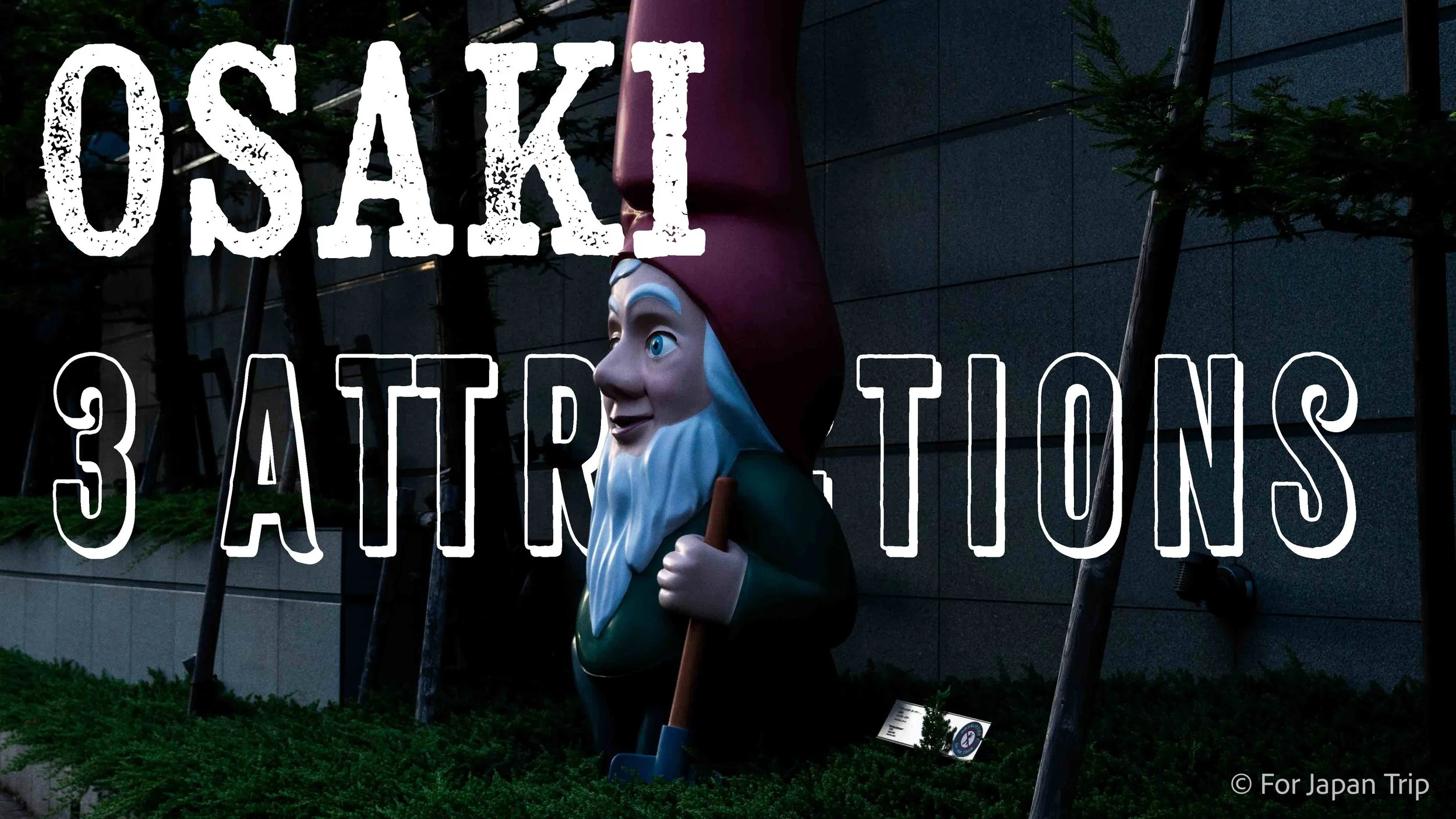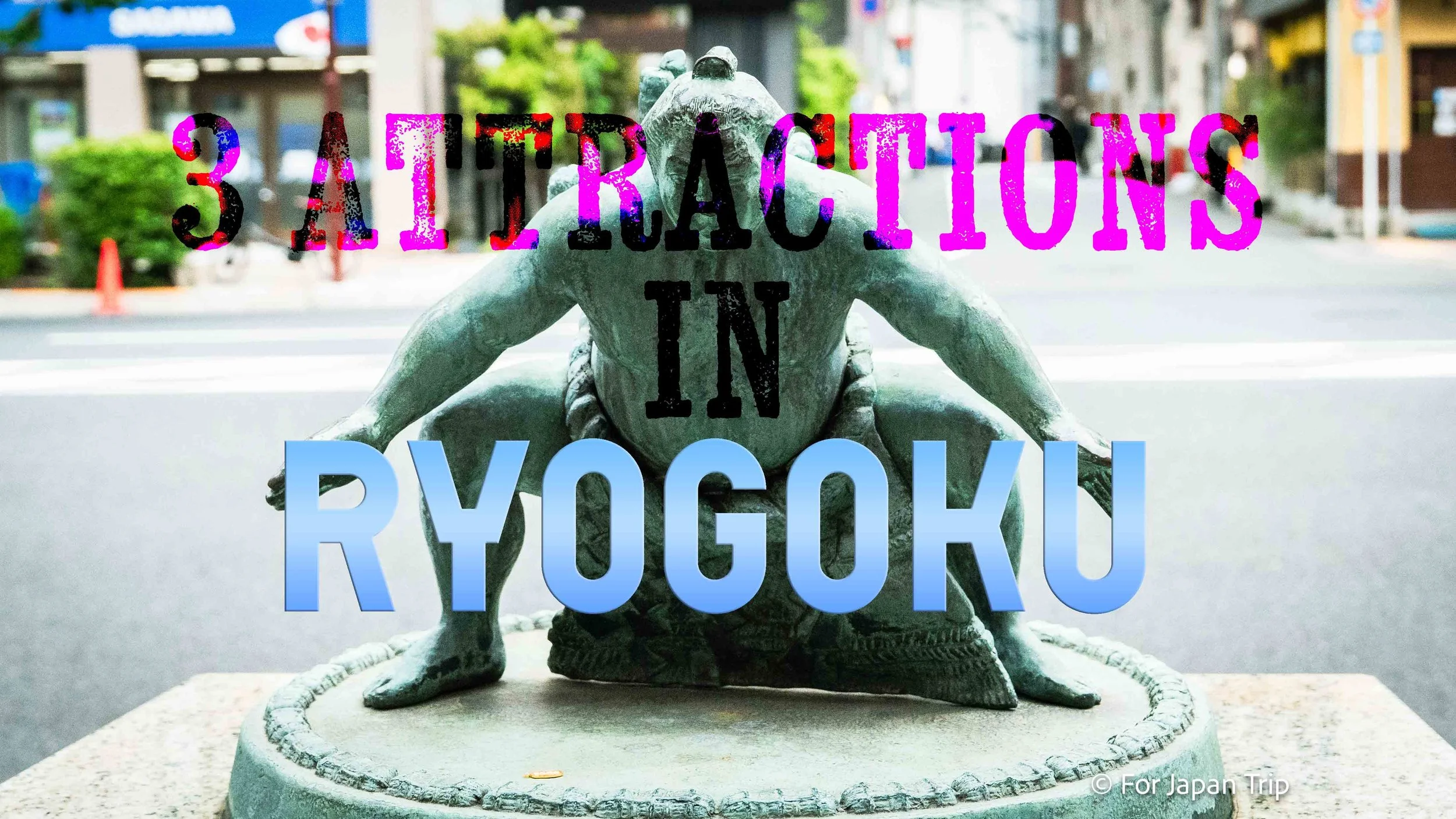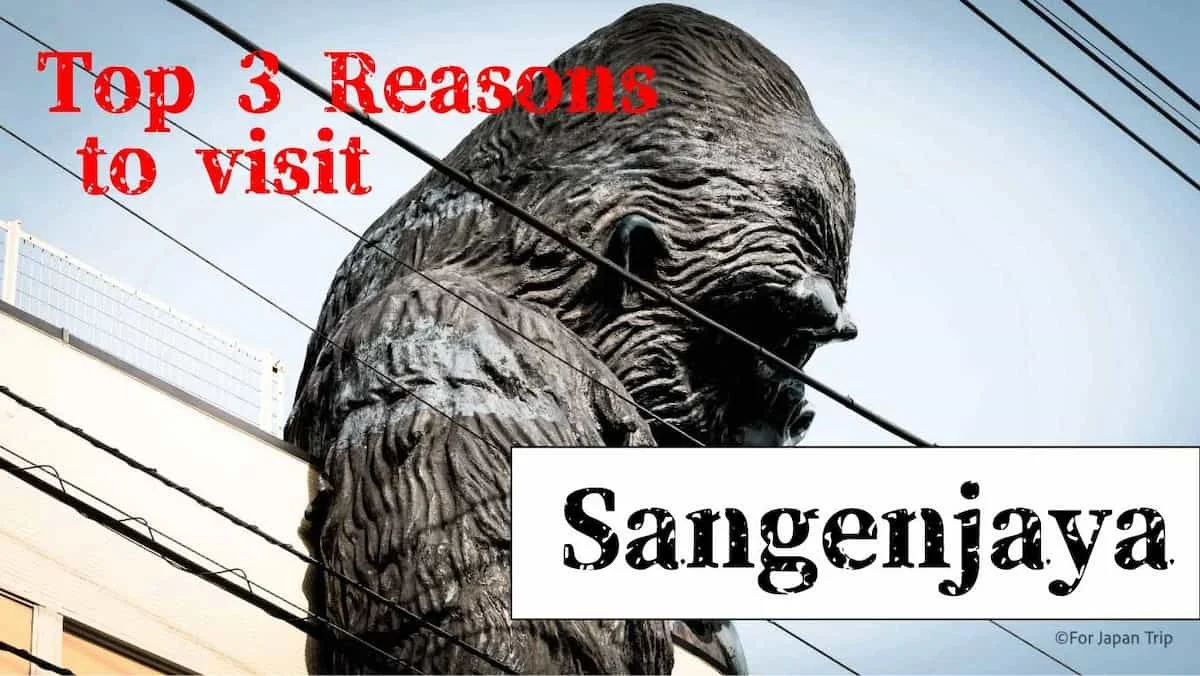Top 3 Reasons to visit Gotokuji
※updated on June 18 2025
Just 15 minutes by train from Shinjuku Station on the Odakyu Line, you'll find a quiet and charming area that has become increasingly popular among both domestic and international travelers: Gotokuji.
This peaceful neighborhood is best known as the birthplace of the Maneki-neko (beckoning cat), with Gotokuji Temple at its heart. The temple grounds are adorned with hundreds of lucky cat figurines, making it a favorite destination for tourists seeking both charm and cultural significance.
Nearby, you'll also find the former residence of Theodora Ozaki, recognizable by its striking pale blue exterior, and a short distance away, Shoin Shrine, dedicated to Yoshida Shoin, a key figure in Japan’s modernization. These lesser-known spots together form a hidden gem of Tokyo that blends history, architecture, and spiritual significance.
If you're looking to escape the urban noise and immerse yourself in the quiet beauty of traditional Japan, Gotokuji offers the perfect retreat within the city.
1) Immerse yourself in a sea of lucky cats at the birthplace of the Maneki-neko
When you step off the train at Miyanosaka Station on the Tokyu Setagaya Line, you'll be greeted by a charming piece of nostalgia—a vintage train car that once ran until 1990. This retro vehicle offers a glimpse into Japan’s railway history and evokes a sense of Showa-era charm.
But the true highlight of the area isn’t the train itself—just a 3-minute walk away lies Gotokuji Temple, the most famous and beloved attraction in the neighborhood.
Founded in 1480, Gotokuji is widely recognized as the birthplace of the Maneki-neko, or beckoning cat, and draws countless visitors from Japan and around the world who come to see the thousands of lucky cat statues placed throughout the temple grounds.
The Photogenic Lucky Cats of Gotokuji Temple
When people think of Gotokuji Temple, one image stands out above all: the Maneki-neko, or beckoning cat.
Within the temple grounds lies a special area known as Shofuku-den, where countless small white cat figurines are neatly lined up. This overwhelming sight leaves a lasting impression on all who visit.
From tiny to large, each Maneki-neko is charming in its own way, and the scene of hundreds—if not thousands—gathered together creates a truly photogenic and unforgettable experience, unique to Gotokuji.
At the temple’s office, you can even purchase your own Maneki-neko. It’s said that if you bring one home and make a wish, the cat will watch over you until that wish is fulfilled. The many cats enshrined in Shofuku-den are actually offerings from visitors whose wishes have already come true, placed as tokens of gratitude.
In addition to the lucky cats, the temple grounds also feature a three-story pagoda and numerous cat-themed decorations hidden throughout the area. Taking a leisurely walk and spotting the hidden cats is another delightful way to explore Gotokuji.
The Story Behind the Lucky Cats of Gotokuji Temple
Why are there so many Maneki-neko (beckoning cats) at Gotokuji Temple?
The answer lies in a legend that dates back to the Edo period—a tale that has been passed down through generations.
According to the story, Naotaka Ii, the feudal lord of the Ii clan, was caught in a sudden thunderstorm while returning from falconry. As he sought shelter, he noticed a cat at the gate of a small temple (what would later become Gotokuji) gesturing with its paw, as if beckoning him inside. Curious, he followed the cat into the temple—and at that very moment, a lightning strike hit where he had just been standing.
Grateful for this miraculous event, Lord Ii made the temple the official family temple of the Ii clan, and the cat came to be known as the origin of the now-iconic Maneki-neko.
Unlike the typical Maneki-neko statues seen across Japan—many of which raise their left paw—the cats at Gotokuji raise their right paw. This subtle difference is often noticed by visitors and adds a charming uniqueness to the temple’s already magical atmosphere.
Gotokuji is also the family temple of the Ii clan, rulers of Hikone Domain. The grave of Naosuke Ii, a prominent statesman of the late Edo period, can be found on the temple grounds, along with many other historical monuments. The three-story pagoda, main hall, and other traditional structures offer a beautiful example of classical Japanese temple architecture.
2) Former Ozaki Theodora Residence: A Hidden Gem of Western Elegance
Tucked away in the quiet residential area of Gotokuji in Setagaya, Tokyo, the Former Ozaki Theodora Residence is a charming light-blue Western-style house with a remarkable story. Originally built in 1888 for Theodora Ozaki, a British woman who came to Japan, the house showcases colonial architecture and was relocated to its current site in 1933.
Though it once faced demolition due to age and deterioration, a preservation project led by renowned manga artist Kazumi Yamashita and other community members successfully saved the building. In March 2024, it was reborn as a cultural space complete with a gallery, tea room, and gift shop, offering a unique blend of historic ambiance and modern creativity.
Inside the two-story wooden structure, you’ll find antique furnishings that preserve the atmosphere of Japan’s Meiji era. The first-floor tearoom serves fine English tea and original sweets, while the upstairs gallery regularly hosts exhibitions, including manga artwork and historical displays. Visitors are welcome to take photos—the photogenic British-style interior is a perfect backdrop for solo travelers and cultural enthusiasts alike.
Painted in a soft pastel blue, the residence exudes a quaint, almost storybook charm that stands out against the serene neighborhood backdrop. It’s not just a historic building—it’s a living blend of past and present.
3) Pray for Academic Success at Shōin Shrine, Dedicated to One of Japan’s Most Renowned Thinkers
The foundation of modern Tokyo was laid when Tokugawa Ieyasu entered Edo Castle and initiated large-scale urban development. The Edo period, which lasted about 260 years, is known for its peace and stability under the Tokugawa shogunate.
One of the prominent figures at the end of this era was Yoshida Shōin, a visionary thinker of the Bakumatsu period. The Shōin Shrine, located in Setagaya city, Tokyo, is dedicated to him and preserves his enduring legacy.
A Quiet and Reverent Sanctuary for Bakumatsu Patriots
Situated in the Wakabayashi district of Setagaya, Shōin Shrine was established in 1882 around Yoshida Shōin’s grave. The current main shrine building dates back to 1927 and features a striking black torii gate and a wide, straight approach path that warmly welcomes visitors. The shrine grounds are enveloped in tranquility, creating a contemplative atmosphere ideal for reflection and spiritual calm.
History Highlights: The Reconstructed Shōka Sonjuku and Stone Lanterns
Within the shrine grounds, visitors can explore a faithful reconstruction of Shōin’s private academy, Shōka Sonjuku, where he taught his students. The site offers a unique insight into his educational philosophy. Also on display are stone lanterns associated with his famous disciples, such as Itō Hirobumi and Takasugi Shinsaku, key figures who helped drive the Meiji Restoration—making it a must-visit spot for history enthusiasts.
Blessings for Academic Success — Popular Among Students and Families
A bronze statue of Yoshida Shōin stands quietly within the shrine, offering a chance to connect with his inspiring spirit. Shōin Shrine is also revered as a place to pray for academic achievement and exam success, drawing many students and their families seeking blessings for scholastic endeavors.
This area, packed with diverse attractions, offers a charming mini-getaway where you can experience the true essence of Tokyo and unique Japanese culture up close. Stroll quietly through peaceful streets, smile at the friendly beckoning cats, and immerse yourself in rich cultural heritage. Be sure to visit Gōtokuji Temple and enjoy a special "fortune-inviting experience" that brings happiness and good luck.
Recommended Area
Other Areas














